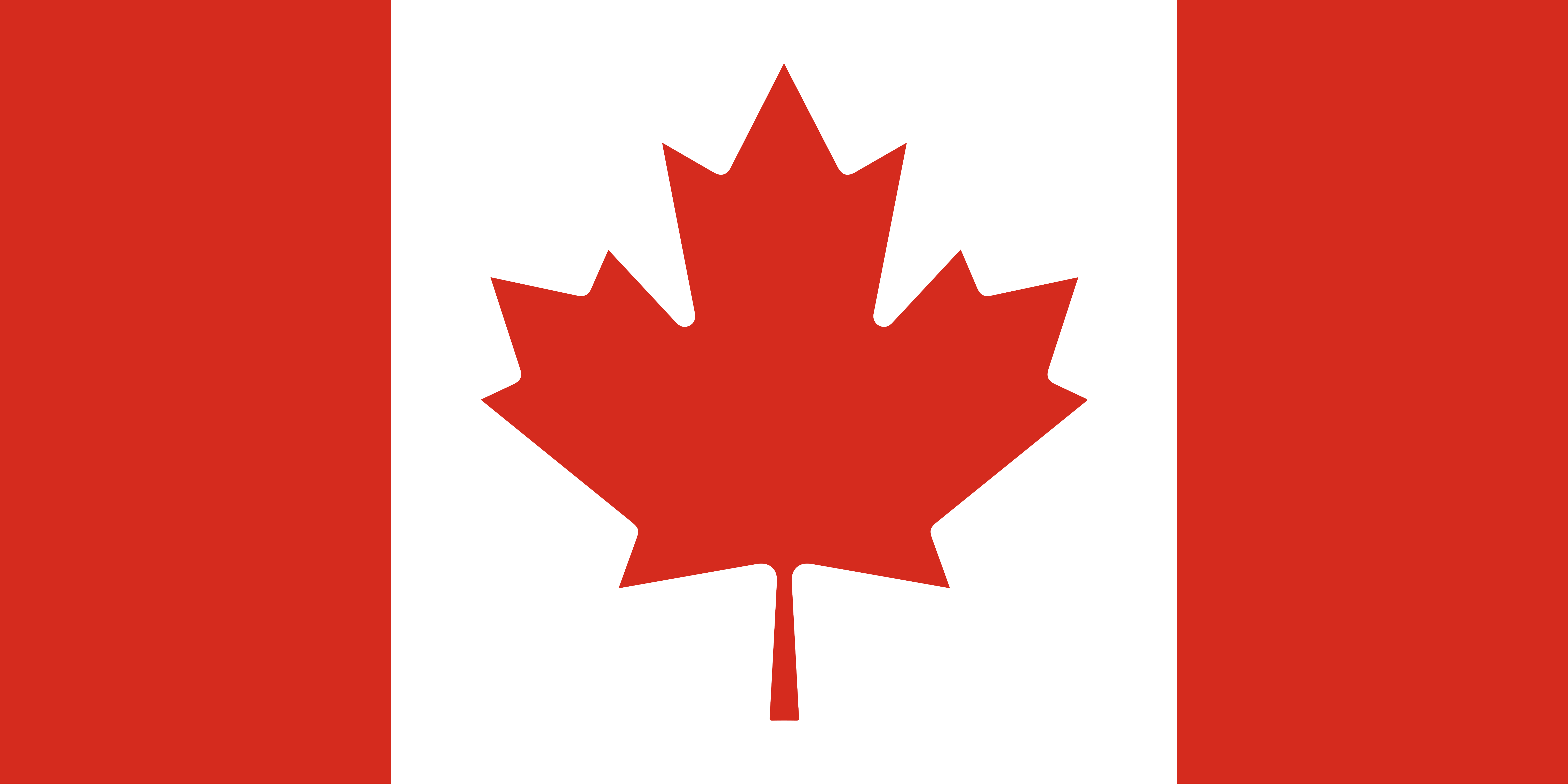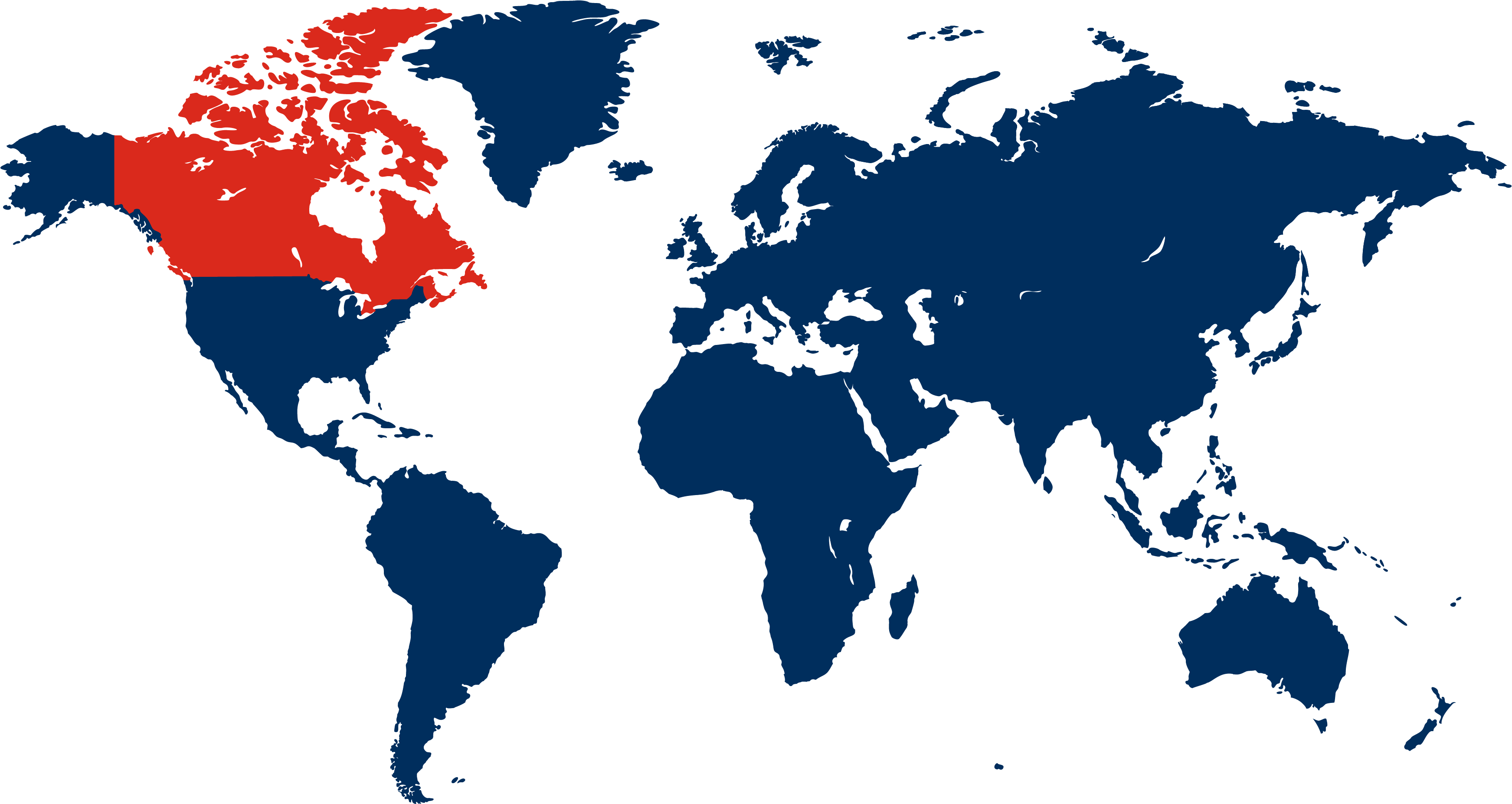Canada Travelogue
Articles
Travelogues
View more from News & Articles or Primerus Weekly

By Tom Kirvan
Canada, the second-largest country in the world by land area, is home to approximately 38 million people. This vast nation is known for its multicultural population, with a significant number of immigrants from around the globe. Major ethnic groups include English, French, Irish, Scottish, Italian, German, Chinese, and Indigenous peoples. Canada is officially bilingual, with English and French as its official languages. The cultural diversity is most evident in its major cities like Toronto, Vancouver, and Montreal, where a mix of traditions, languages, and cuisines can be experienced.
Canada spans an area of nearly 3.86 million square miles, stretching from the Atlantic Ocean in the east to the Pacific Ocean in the west and up to the Arctic Ocean in the north. The country's geography is incredibly diverse, featuring vast forests, mountain ranges, prairie lands, and extensive coastline. Key geographical features include the Rocky Mountains, the Great Lakes, the Canadian Shield, and the Arctic tundra. Canada is renowned for its stunning natural beauty, from the rugged coastline of British Columbia to the picturesque landscapes of the Maritime provinces and the vast wilderness of the northern territories.
Canada's history is rich and complex, beginning with its Indigenous peoples who have inhabited the land for thousands of years. European exploration began in the late 15th century, with John Cabot and Jacques Cartier among the early explorers. The country was colonized by the French and British, leading to a unique blend of cultures and a bilingual nation. The French established New France, while the British controlled other regions, leading to conflicts and eventually British dominance. Canada gained its independence from Britain in stages, culminating in the Constitution Act of 1982, which patriated the Canadian Constitution.
Canada boasts one of the largest economies in the world, driven by a combination of natural resources, manufacturing, and services. The country is a leading exporter of minerals, oil, and natural gas. The manufacturing sector is varied, with significant contributions from the automotive, aerospace, and technology industries. Additionally, Canada's financial services sector is robust, with Toronto being a major global financial center. The service sector, including health care, education, and tourism, plays a critical role in the economy. Canada is also known for its high standard of living, strong social welfare programs, and stable political environment.
Ottawa, the capital of Canada, is located in the province of Ontario. It is known for its beautiful architecture, national museums, and vibrant cultural scene. As the political heart of the nation, Ottawa is home to Parliament Hill, the official residence of the Prime Minister, and various government institutions. Toronto, also in Ontario, is the most populous city in Canada, with more than 6 million people living in the Greater Toronto Area. Toronto is a dynamic metropolis known for its towering skyline, including the iconic CN Tower, diverse neighborhoods, and a thriving arts and entertainment scene.


Capital: Ottawa
Population: 38 million
Languages: English, French
Economic engines: Energy, automotive, finance, and agriculture
Highest Mountain: Mt. Logan, 19,551 feet
Primerus Members:
Top 5 Must-See Tourist Destinations